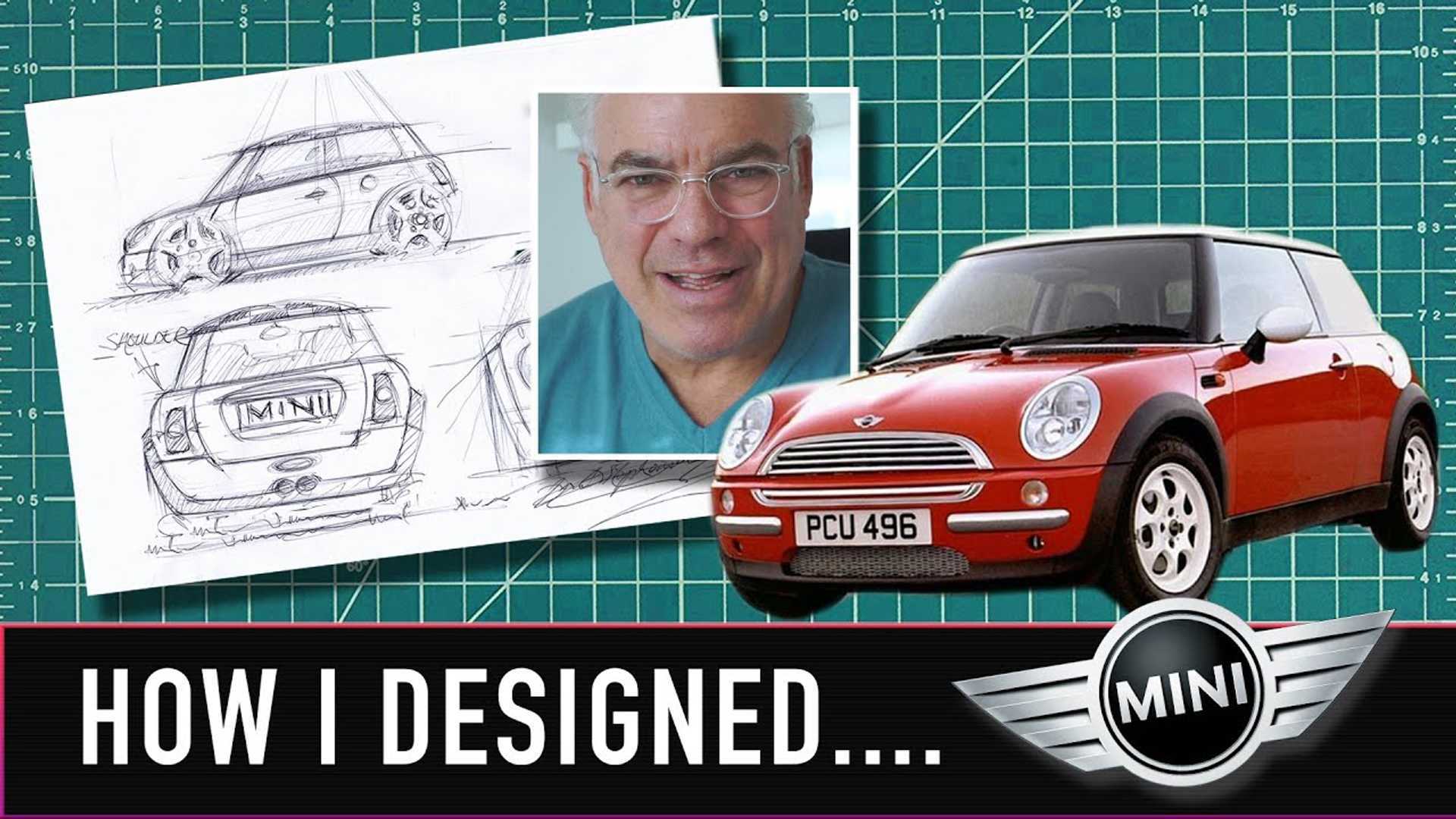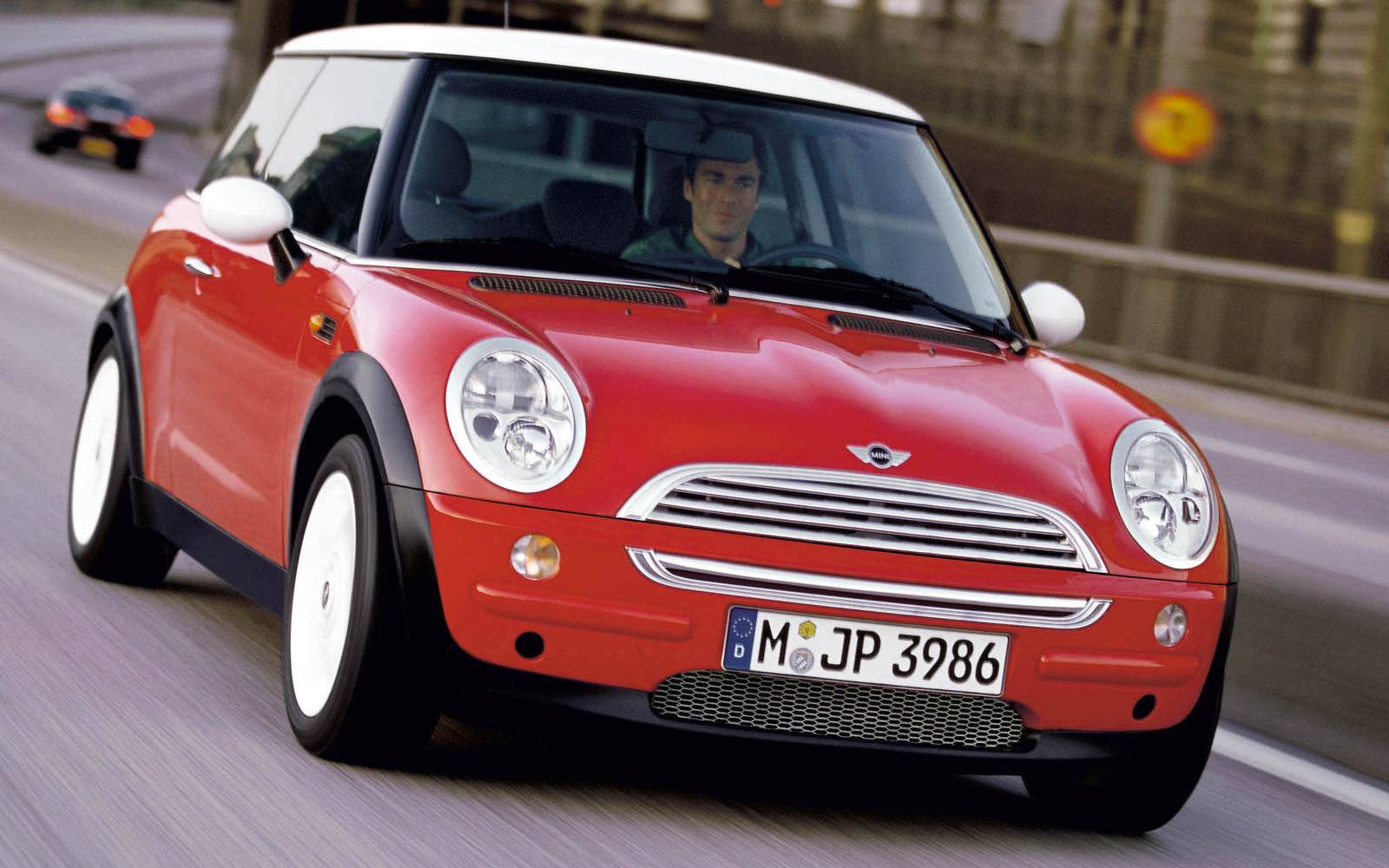He was the designer of the Maserati MC12 and McLaren P1 as well as the Modern Mini Cooper.
It was a difficult task to design the first Mini Cooper. This is especially true considering that the Mini’s design has remained relatively unchanged for more than 40 years. BMW purchased the Mini brand in 1994. It began a series design studies to increase the popularity of the Mini Cooper. The new Mini Cooper, which was launched in 2000, needed to be modernized without compromising its classic design.

Frank Stephenson, a designer, was brought in to tackle the enormous challenge. Stephenson’s impressive portfolio includes the Maserati MC12 and Ferrari F430. His extensive design experience in creating and modernizing iconic designs shows. Stephenson’s Mini Cooper redesign was completed in the late 1990s. It was an important step forward for his career, and was the result of the overwhelming success of the iconic hatchback.
Many factors influence the design of a modern classic car. Designers are influenced by many factors, including crash safety, manufacturing costs, and the inclusion of retro design elements. Stephenson’s Mini Cooper design is an excellent example of how to honor the past while acknowledging the future.

All the essential elements of a Mini Cooper classic are still present. You will still find the classic Mini Cooper’s round headlights, wide stance, and trims on the front fender. These classic elements are complemented by more stylized body panels and a clever, clamshell-hooded design.
The unique combination of old and new created a hatch that is both iconic and part of the mini cooper family. Although Stephenson’s Mini Cooper is yet to be a classic, the devotion of Mini owners shows that it has a good chance.